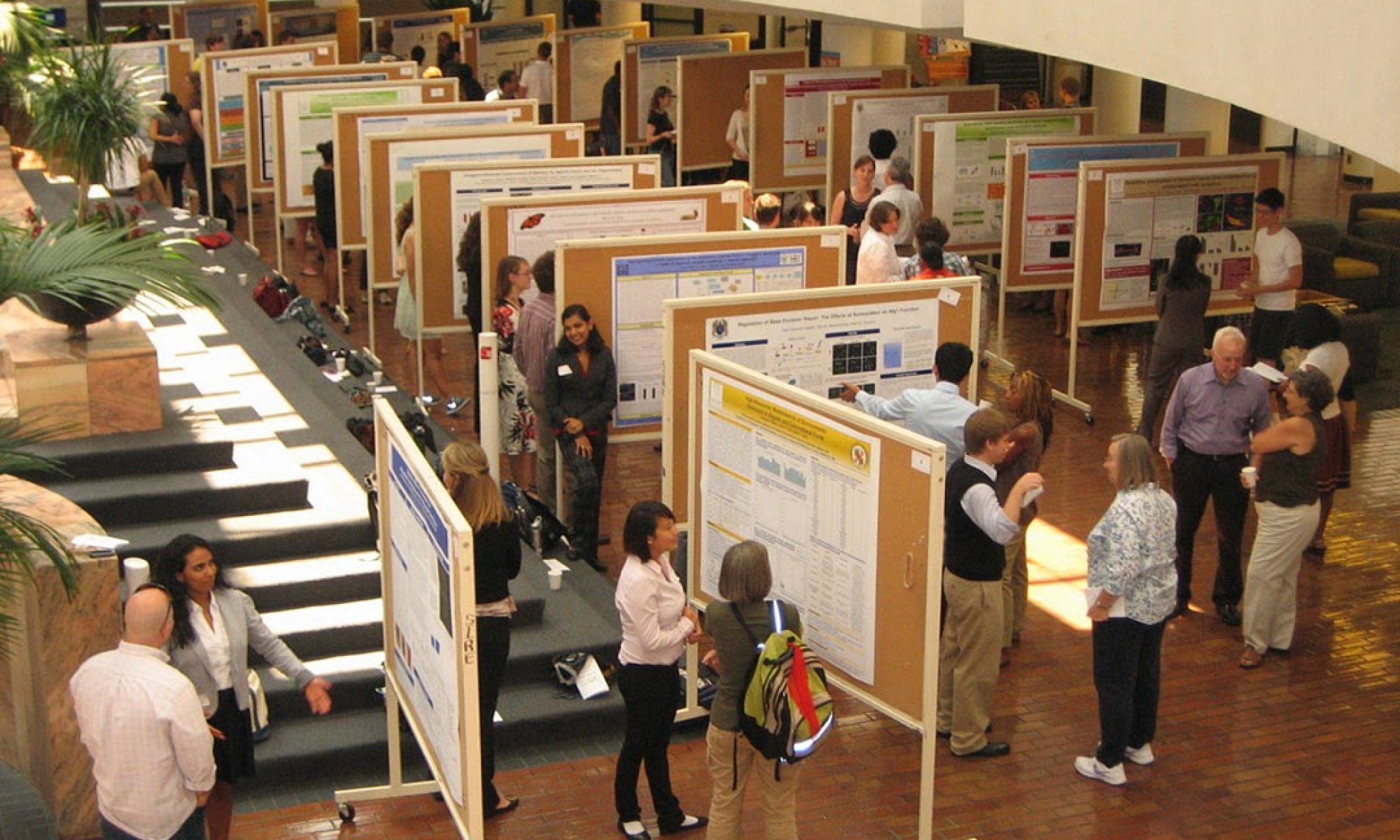Facial motor analysis is a type of scientific analysis used to analyze facial movements. It is one of the few chosen behavioral analysis techniques that we will be running for Deep Brain Stimulation study in the Mayberg Lab. Our goal is to show that electrical stimulation to the cingulum bundle has a significant effect on the facial movements, which, from a preliminary run of this analysis, is more than evident. This analysis also provides a way to scientifically show that stimulation to this area has a behavioral effect on patients, i.e. a patient is stimulated and cannot stop smiling and giggling.
Right now, we are in the pre-processing stage, which involves digging through run sheets from past experiments and locating the correct video files that correspond to these experiments. As I said in my last blog post, we have decided to run the facial motor analysis on the video from the affective bias task, which adds another level of complexity but also provides an opportunity for us to learn more about how the affective bias task really works. One hypothesis we have, backed by facial feedback hypothesis, is that we will see patients’ facial movements change depending on the block of the task- happy or sad.
For the past two weeks, I have been searching through video footage from the four DBS patients who we will be running this analysis on, and putting together a guide that details which video files match with which run of the affective bias task for a given patient on a given day. After I finish this, and we know which video files are missing, Kelly, my mentor, and I will reach out to another member of the Mayberg lab to try to locate the missing video files. Kelly, Sahar, the graduate student who wrote the algorithm for the facial analysis, Lydia, another member of the Mayberg lab, and I will meet to discuss how we will move forward. Below, I’ve listed a rough outline or procedure of the steps that need to be completed for the facial motor analysis.
- Locate, label, organize, and annotate all affective bias task runs for DBS905, DBS906, DBS907, and DBS908 for C4, C8, C12, C16, and C20. Check all run sheets for given patient and day to confirm.
- Meet with Lydia to locate missing video files.
- Meet with Sahar to go over any issues with video files, i.e. patient is wearing EEG during task, part of patient’s face is not visible, patient is eating during task, etc.
- Finish preprocessing – trim all video clips to only contain affective bias task
- Sahar will begin running her algorithm on the video files – I am hoping to be able to play a role in this as well.
- After all video files have been analyzed, we can begin interpreting the results. Build a figure that shows how facial movements correspond to different blocks of the task, i.e. happy block with no stim, sad block with stim, etc.
After we’ve completed these steps, I will be able to begin putting together my poster.


Nice article! I’m curious to know what some applications of your research might be? Is the purpose of your research to just link facial features with specific nuclei in the brain? I think adding some context to the actual article would be useful in terms of identifying the purpose and use of your research, especially for those who aren’t familiar with neuroscience.
Good explanations! It’s very accessible for someone who’s not a STEM major. I’m curious how exactly is the DBS performed. Does it involve any invasive procedure? Maybe you can include a sketch of your method in the post. A little more lit review may help too.
I wanted more details from you on this project. I really liked the first paragraph as an introduction, the second paragraph really could just be one sentence at the top. The final paragraph, while telling me what you are doing tells me nothing about the actual work or what you are learning. It’s also stylistically a bit too informal, especially in the later paragraphs.
Maybe this is just because you are at one of those weird crossroads in research where not much happens. I don’t know for sure but try to think about the question, what is the story you want to tell with your research?
Camille,
Good work! I found the post to be accessible, as someone not involved in your area of research. However, you may want to include more details, or if you are not doing too much in the lab at this point (which I can totally relate to!), maybe you could include some information from the literature you have been reading lately.
Very well-written post! The introduction is concise and I like how you list up your future plans for the research. Besides the description of tasks you have done so far, I am also curious about what challenges you have encountered and what you have learnt from the research. In terms of data, I wonder if there is any inconsistency among data collected from facial motor analysis? Also, is there any observation that is inconsistent with your hypothesis?
Your blog is very clear and concise. Well done! Since I haven’t got a chance to read your first research blog, I am just curious whether patients had been debriefed about the actual procedures of the DBS because from the tone of your blog it seems that your lab has the power to manipulate the patient’s behaviors such as smiling and giggling. Also, I would recommend adding some pictures to your blog 🙂
Your research seems extremely interesting and this blog post does a good job of captivating the reader initially. I really love how your blog is concise and how you break down the tasks you and your lab will perform for the reader to easily digest. You should consider adding a link to the previous post for those who have not read about your research. Furthermore, in your third paragraph and the fore note after that, instead of listing what you specifically plan on doing in your coming weeks you could perhaps create some sort of timeline or chart instead.
On the other hand, you could also consider talking more about your research and specifically the scientific reasoning behind making the facial feedback hypothesis.
As regards to your research, will 4 DBS patients alone be enough to produce any statistically significant data or is this just a preliminary study which will be further extended upon later on?
Your introdction was great! It provided a very good background and a very clear pathway into what you would be discussing. For me, I thought the paragraphs were a little choppy as they kind of jumped from around. It took me awhile because i sort of got lost, but figured it out. Perhaps, you could use a little more transitions in between your paragraphs and talking points. Maybe include: What are you anticpating to occur when you conduct your experiment? What potential issues or problems will you encounter?